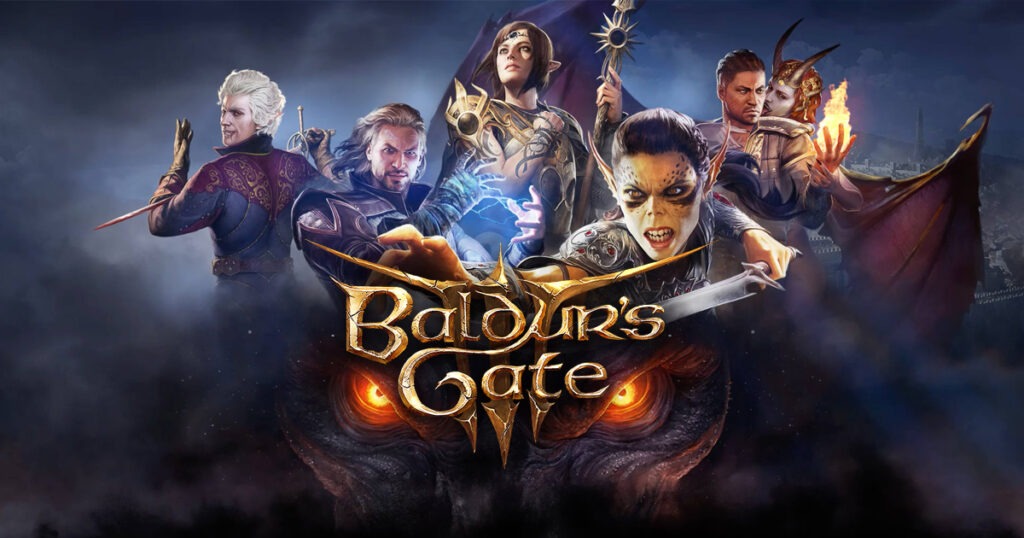Struggling to reel in the big catches in Stardew Valley? You’re not alone—fishing can be a bit tricky at first. It’s also one of the most relaxing and rewarding parts of the game once you get the hang of it. Here are some handy tips to help you level up your fishing skills and start hauling in those coveted catches.
Practice Makes Perfect
Fishing is like any other skill in Stardew Valley—it gets easier the more you do it. Spend time in different spots around Pelican Town, the Cindersap Forest, and even the new Ginger Island (introduced in the 1.5 update). Each location features a variety of fish, and trying them all out is a great way to sharpen your reflexes.
Watch for the Exclamation Mark
When you see the exclamation mark appear above your character’s head, get ready to click and hold. That begins the mini-game where you keep the fish icon inside the green bar. Quick taps work better than long presses in most cases, especially if the fish is darting around. If it’s a slower fish, gentle presses help you stay on track.
Upgrade Your Gear
A better fishing rod dramatically increases your chances of success. Here’s a quick rundown of what’s available at Willy’s Fish Shop:
- Bamboo Pole: The starter rod, handy for learning the basics.
- Fiberglass Rod: Lets you use bait, which helps you get bites faster.
- Iridium Rod: Allows both bait and tackle, giving you a huge advantage when it comes to reeling in difficult fish.
Keep an eye out for tackle like Trap Bobbers (slows the fish’s escape) or Spinner (increases the bite rate). They can be game-changers when you’re chasing rarer fish.
Boost Your Fishing Skill With Food
Before you head to the water, consider grabbing some food that provides a fishing buff. Dishes like Trout Soup, Dish O’ The Sea, or Seafoam Pudding can temporarily raise your fishing level, making those harder catches more manageable. You can buy some of these from Willy or the Saloon, or cook them yourself once you have the recipe and ingredients.
Fish at the Right Spots and Times
If your TV forecast suggests certain locations or weather patterns, pay attention—some fish only appear at certain times of day, in specific seasons, or under certain conditions. The Beach Farm (also introduced in Version 1.5) offers new water areas with unique fish possibilities, and Ginger Island has exclusive fish you won’t find anywhere else. Being in the right spot at the right time can really boost your variety and profits.
Legendary Fish Hunts
As you level up, you’ll be ready to take on legendary fish. These special catches appear in set locations and seasons, and they’re much harder to reel in. Don’t be discouraged if you lose them at first—it might take several tries or some extra equipment like a high-quality rod and a strategic tackle.
Explore Ginger Island
Once you unlock Ginger Island, you’ll have even more fishing spots to explore, including hidden areas and pirate-themed locations. Some special fish and treasure can only be found there. You’ll also discover new quests that reward you for catching exotic fish, so it’s worth the journey.
Try the Submarine at the Night Market
Every Winter (15th–17th), the Night Market sets up at the beach. One of the best hidden gems is the submarine ride, where you can fish for unique deep-sea creatures. It’s a fun little mini-adventure within the game, and the fish you’ll catch there tend to fetch a decent price.
Don’t Forget to Relax
It’s easy to get frustrated when a fish keeps escaping, but part of the charm of fishing in Stardew Valley is the calm, repetitive rhythm. Enjoy the sound of the waves or the river flowing past, and don’t stress too much if you lose a tough catch. The more you stick with it, the easier it becomes—and you’ll appreciate those big wins even more.
Whether you’re just starting out with a Bamboo Pole or pushing for legendary fish on Ginger Island, these tips will help you reel in the best catches Stardew Valley has to offer. Happy fishing, and good luck out there!









